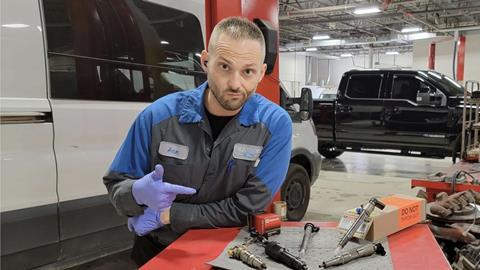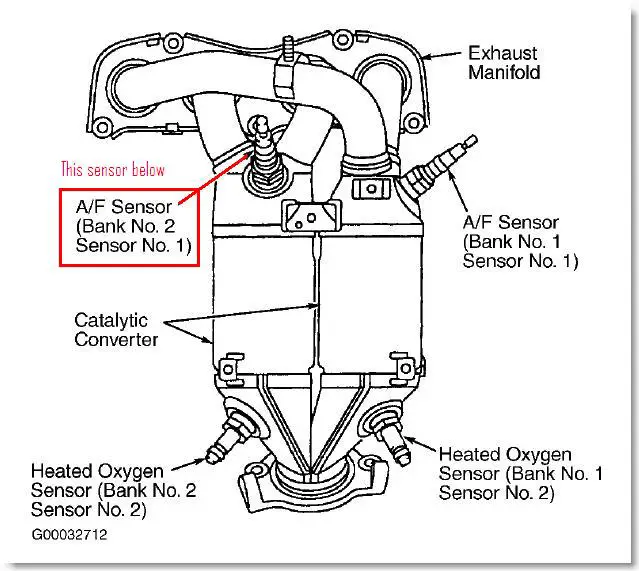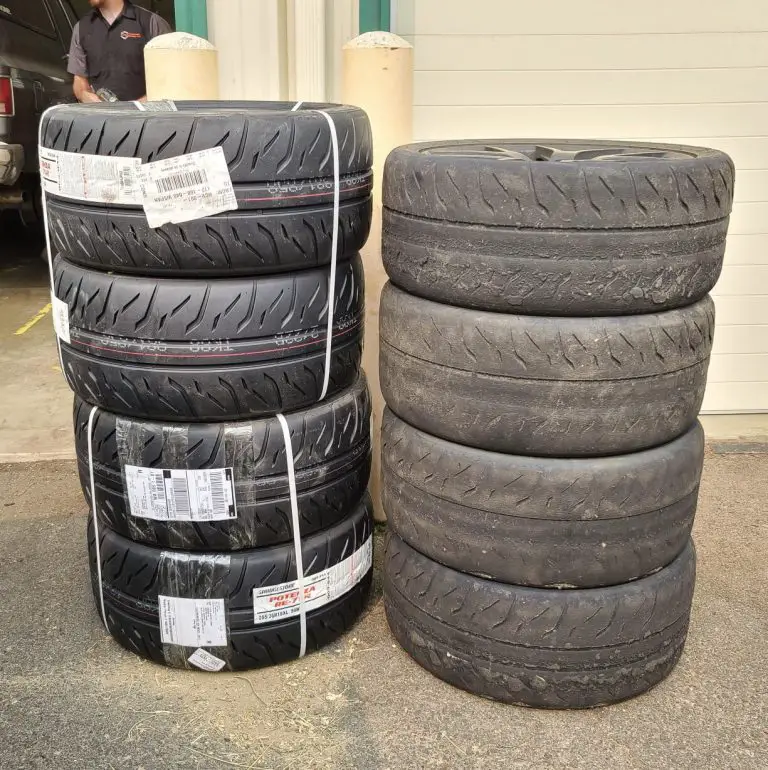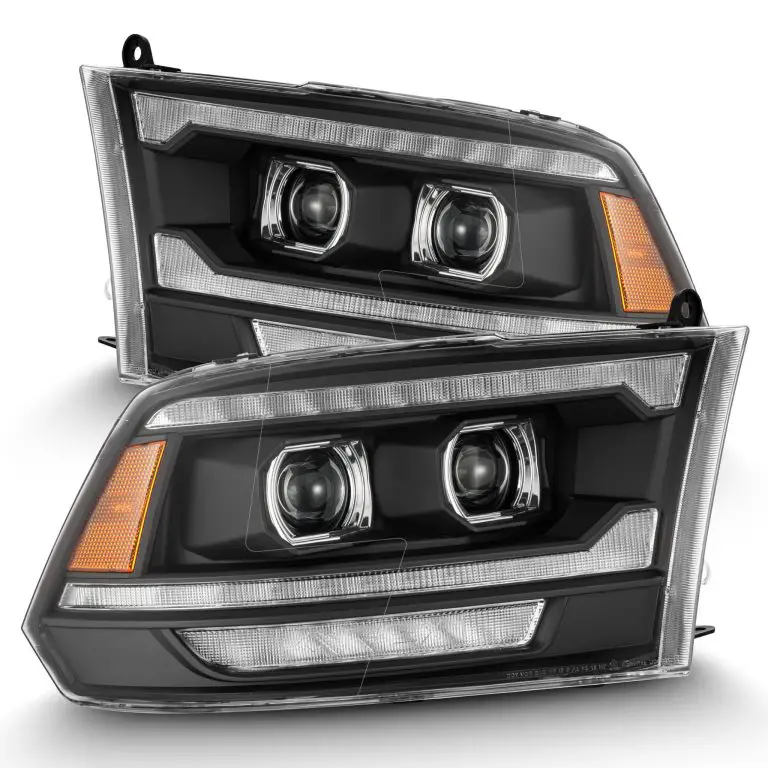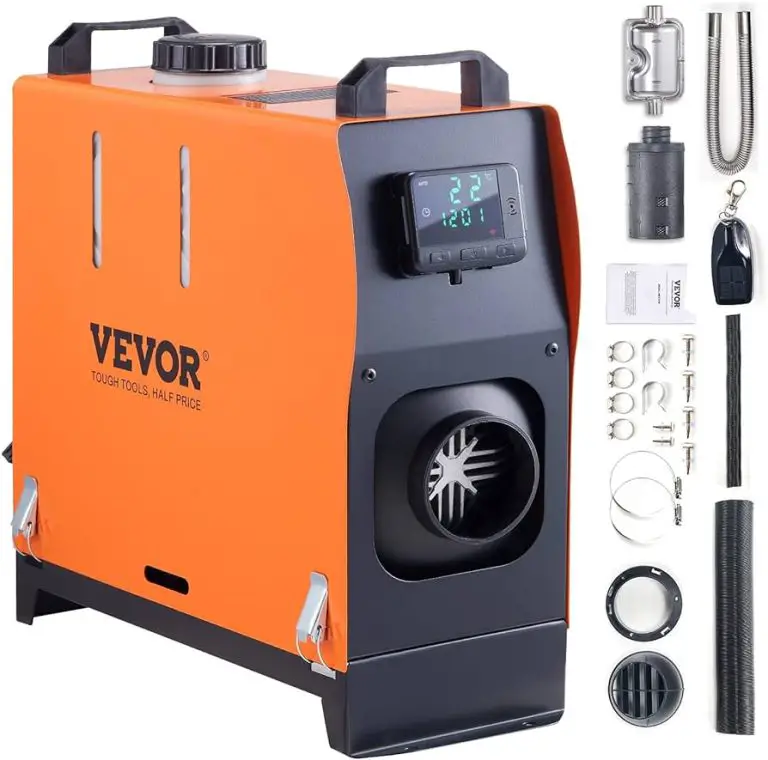Homemade Overdrive Unit: DIY Pedal Power
Do you want to take your guitar playing to the next level? Are you tired of spending a fortune on overdrive units that don’t quite give you the sound you’re looking for? It’s time to take matters into your own hands and build your own homemade overdrive unit. Not only will this save you money, but it will also allow you to customize the unit to fit your exact preferences and create a unique sound that sets you apart from the rest.
Why Build Your Own Overdrive Unit?
Building your own overdrive unit has several advantages. Firstly, it allows you to have full control over the components and circuitry, giving you the opportunity to craft a sound that is truly your own. Additionally, building your own unit can be a fun and rewarding experience, giving you a deeper understanding of how overdrive units work and how to manipulate their sound.
Understanding the Basics
Before you begin, it’s important to have a basic understanding of how overdrive units work. An overdrive unit is a type of effects pedal that boosts the input signal to create a distorted or “overdriven” sound. This is achieved by clipping the peaks of the waveform, which results in a characteristic warm and gritty sound that is popular in many music genres, especially in rock and blues.
Components You’ll Need
Here are the basic components you’ll need to build your homemade overdrive unit:
| Component | Description |
|---|---|
| Operational Amplifier (Op-Amp) | Responsible for amplifying the signal and creating the overdrive effect. |
| Diodes | Used for signal clipping to create the overdriven sound. |
| Resistors and Capacitors | For controlling the gain, tone, and other parameters of the overdrive effect. |
| Potentiometers | For adjusting the amount of overdrive, tone, and volume. |
| Enclosure | To house all the components and provide a durable and portable unit. |
Building The Circuit
The heart of your homemade overdrive unit is the circuit that creates the overdriven effect. There are various circuit designs available online, each with its own unique characteristics. The most popular circuits for overdrive units include the Tube Screamer, Klon Centaur, and Blues Breaker, among others.
Once you’ve chosen a circuit design that suits your preferences, you’ll need to acquire the necessary components and assemble them on a perfboard or PCB. It’s important to follow the circuit schematic carefully and double-check your work to ensure that the components are connected correctly.
Enclosure And Wiring
After building the circuit, you’ll need to house it in a suitable enclosure. This can be a metal or plastic box that provides protection for the circuit and allows for easy control of the unit. You’ll also need to drill holes in the enclosure for the input/output jacks, potentiometers, and any other controls.
Once the enclosure is prepared, you can proceed with wiring the components together, including the input and output jacks, potentiometers, and the power supply. It’s important to keep the wiring neat and organized to avoid any unwanted noise or interference in the signal.
Testing and Tweaking
After assembling the overdrive unit, it’s time to test it out and make any necessary adjustments. Connect the unit to your guitar and amplifier, and experiment with the different controls to dial in your desired overdriven sound. You may need to adjust the gain, tone, and volume controls to achieve the perfect sound for your playing style and musical genre.

Credit: www.amazon.com
Frequently Asked Questions For Homemade Overdrive Unit: Diy Pedal Power
What Does A Homemade Overdrive Unit Do?
An overdrive unit enhances the quality of audio output from instruments, providing a more impactful and dynamic sound.
How Can I Build My Own Overdrive Unit?
You can construct your own overdrive unit by using basic electronic components such as resistors, capacitors, and transistors.
What Are The Benefits Of A Homemade Overdrive Unit?
A homemade overdrive unit allows musicians to create their own custom sound and enhance the tone and dynamics of their music.
Is It Difficult To Build A Homemade Overdrive Unit?
With some basic knowledge of electronics and circuitry, building a homemade overdrive unit can be a rewarding and manageable project.
Conclusion
Building your own homemade overdrive unit can be a deeply satisfying experience that not only saves you money but also gives you the opportunity to create a truly unique and personalized sound. Whether you’re a seasoned DIY enthusiast or just getting started with electronics, building your own overdrive unit is a fun and rewarding project that is sure to take your guitar playing to new heights.
So, what are you waiting for? Get your soldering iron ready, gather your components, and start building your very own homemade overdrive unit today!


